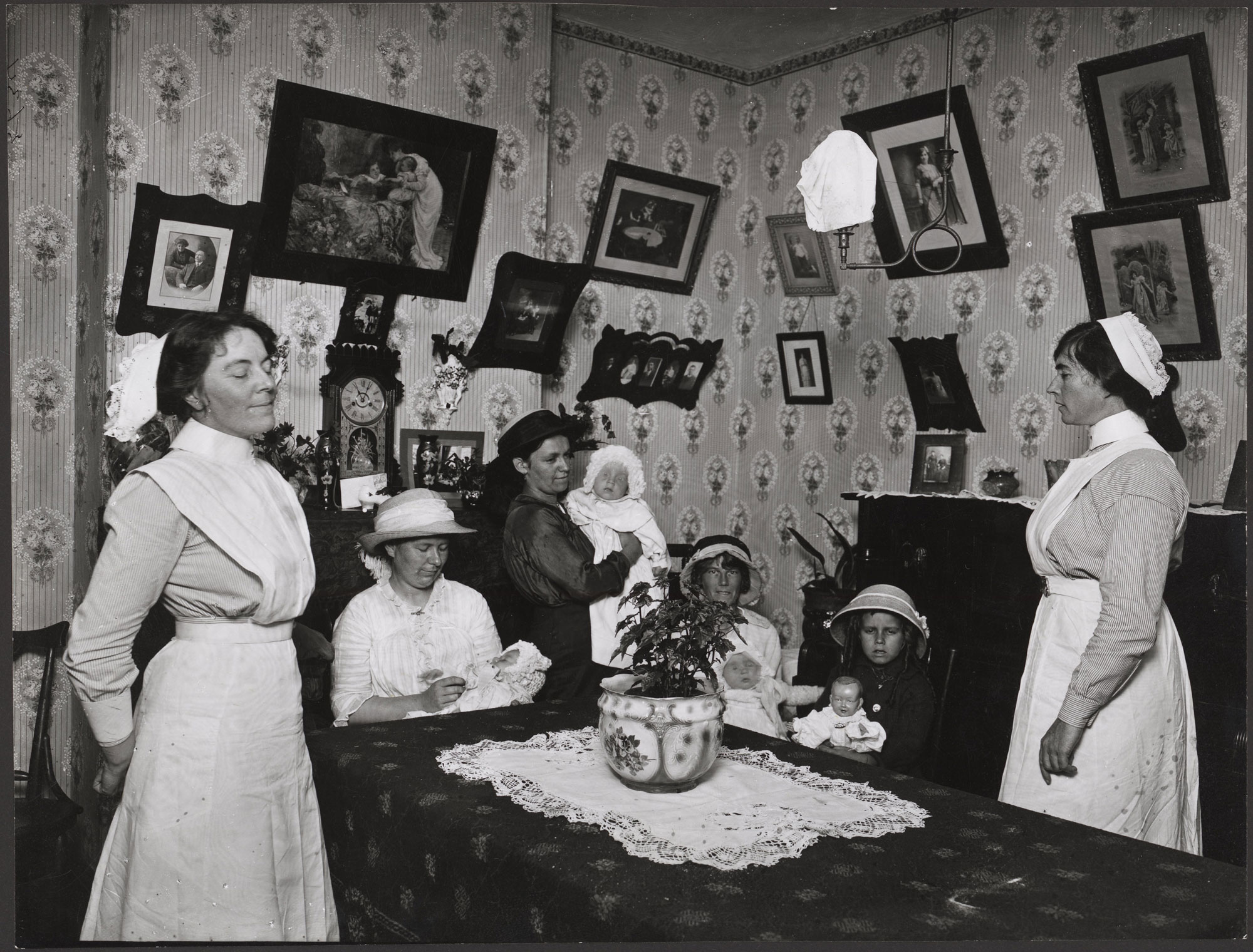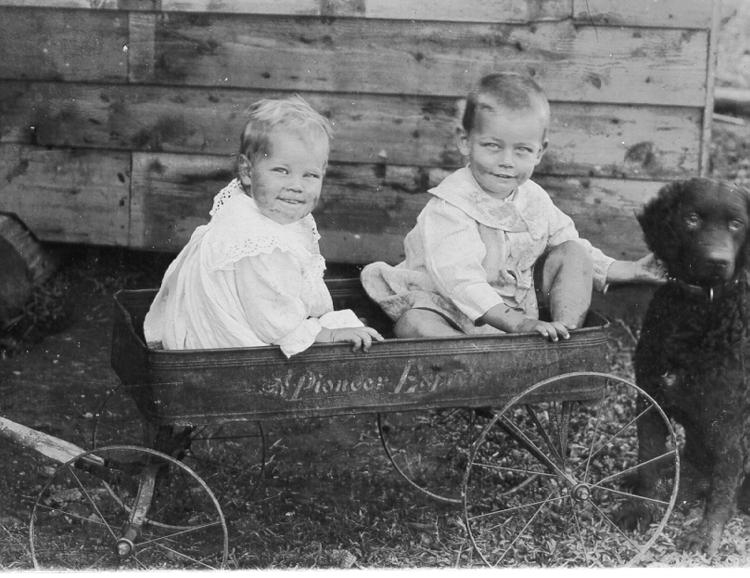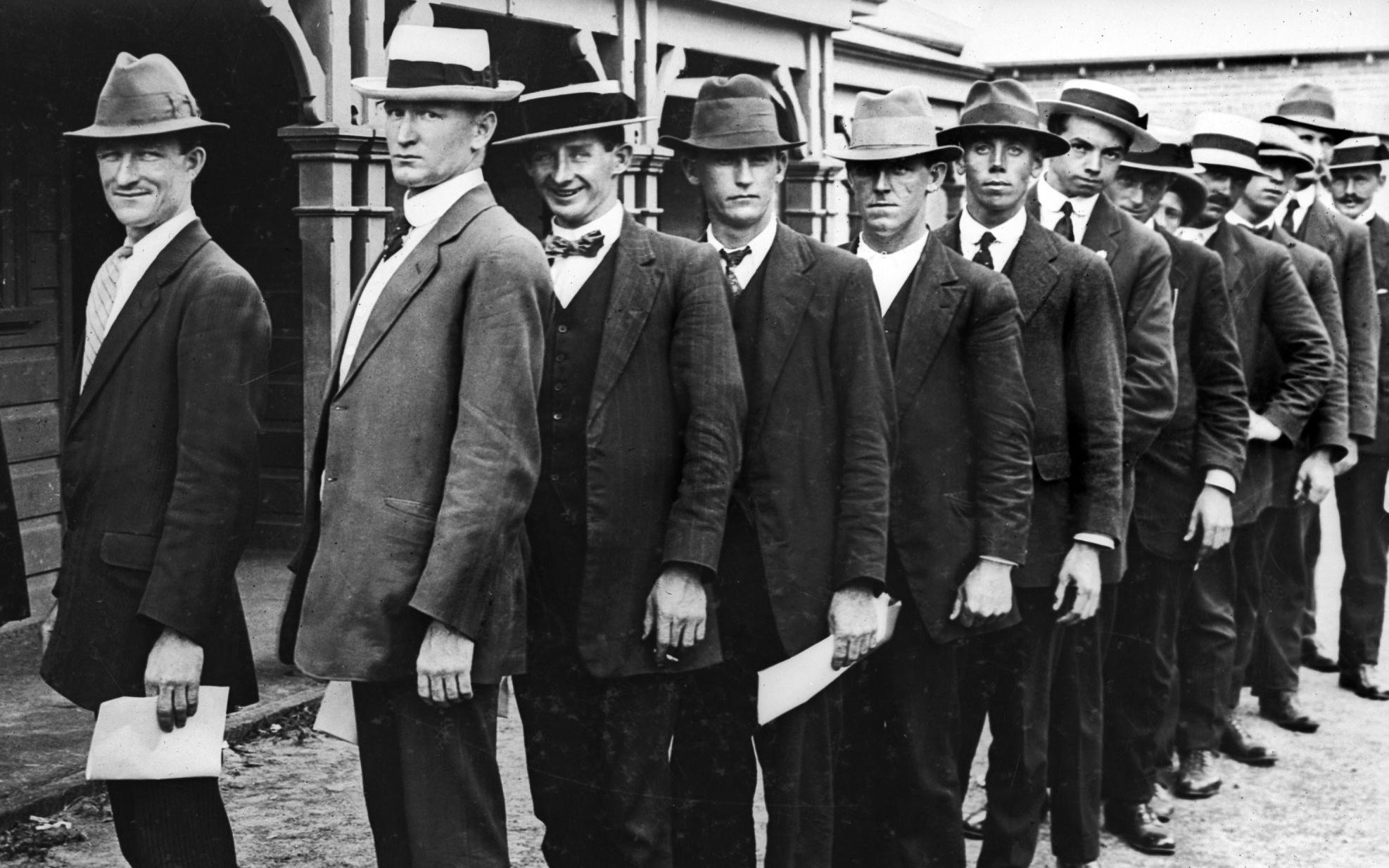Learning module:
War correspondents
War correspondents
6. Helping babies

With the national parliament still in Melbourne, it is an easy cart ride across town to visit parliament to find out about this important issue. At this time, having children costs a lot of money and women often bear the brunt of that cost, especially if they are single. The government of the day has tried to help mothers by providing financial assistance. Your mother would have benefited from such a policy so you take a special interest in this story. You meet with the politician who put forward the bill. This is what you find out...
The first Australian maternity allowance was introduced on 10 October 1912. As of that date, married and single women who had given birth received £5 to cover the cost of medical care for themselves and their babies.
Proposed as a means to lower infant mortality rates, the allowance was worth about two weeks’ wages for a family.
Aboriginal and Torres Strait Islander women and those from Asian or Pacific Island backgrounds were not eligible for the payment.
A progressive Act
The introduction of a maternity allowance recognised the need for government intervention to improve the health of women and children. It was a progressive change that, along with the introduction of age and invalid pensions, formed the basis of Australia’s social welfare system.
In 1947 the Maternity Allowance Act was replaced by one-off payments that were means tested and therefore only available to those who needed financial assistance. In 1978, the payment scheme was replaced by other family benefits. Today, several government initiatives support Australian families. These include:
- government-funded parental leave
- laws that make it illegal to discriminate against those taking leave to have children
- financial support for low-income families
- subsidised health care under Medicare
- childcare rebates
- school assistance programs.
Your task
Your boss, Mr Callister, wants to focus on the fantastic images that accompany this story.
‘Describe the source to me, so it’s like I was really there.’
Mr Callister sends a more experienced journalist, Emma Pratt, to help show you the difference between describing general and detailed features. Emma is one of the few women to rise to senior ranks in the newspaper business, having secured an opportunity at one of the more progressive papers.
Emma says, ‘When analysing sources, it is really important to fully examine the source itself, looking at all aspects of it before you start saying what you think it means.’ She is insistent on this point.
‘You have to look at it very closely first, rather than jumping to conclusions about what it means. Otherwise you will miss important things in the source, or your judgement will be clouded by what you decide you think the source means beforehand. Don’t judge the source before you inspect it thoroughly!’, she continues.
The difference between describing general and detailed features can be summarised in this table:
| General features | Detailed or specific features |
|---|---|
| What is in the source overall | What is in the source overall as well as minor details |
| The most important things in the source | Everything in the source, whether or not you think it is ‘important’ |
| Using ‘vague’ words like big, small, very, good... | Using ‘specific’ words like three times bigger than..., small in comparison to..., useful for... |
Listing detailed features will usually involve more writing than just listing general features. So, if you write more, you are more likely to write about detailed features, not just overall features. She shows you this example source:

This is what she would consider ‘listing general features’:
‘There are a few women, babies and a child in a room. Some of the women look like nurses and others look like mothers with their babies.’
This is what she says is ‘describing detailed or specific features’:
‘This is a black and white photograph and we can tell it was taken in the early part of the twentieth century judging by the clothes people are wearing and the wall paper, furnishings and objects in the room. There are five women in the photograph; two appear to be nurses in their uniforms and the other three are likely to be mothers with their babies. There is also a child holding a doll. The room could be in someone’s house or it could be a special place for mothers to go to for baby care. The nurses appear to be helping the mothers which makes it more likely to be a place mothers can go to for baby care.’
Now your job is to describe detailed / specific features of this source:

Write your source analysis describing specific features. You should write at least seven sentences.
You submit your report to Mr Callister. He summons you to his office.
‘Great work again, but we have no time to discuss this much further. War is imminent! The Great War between the European empires is finally here and everyone is excited! It looks like our mother country, Great Britain, needs Australia to help her. Seems like it will be the British, French and Russian Empires against the German and Austro-Hungarian Empires. I need you on this immediately!’
He says that this assignment could occupy you for the next year or so. Everyone assumes the coming war will be over soon, with a quick victory. The Australian government immediately agrees to enter the war and supply soldiers and equipment to Great Britain. Mr Callister sends you down to the recruitment offices to write a story about why people are joining the war effort. Go to 10.







